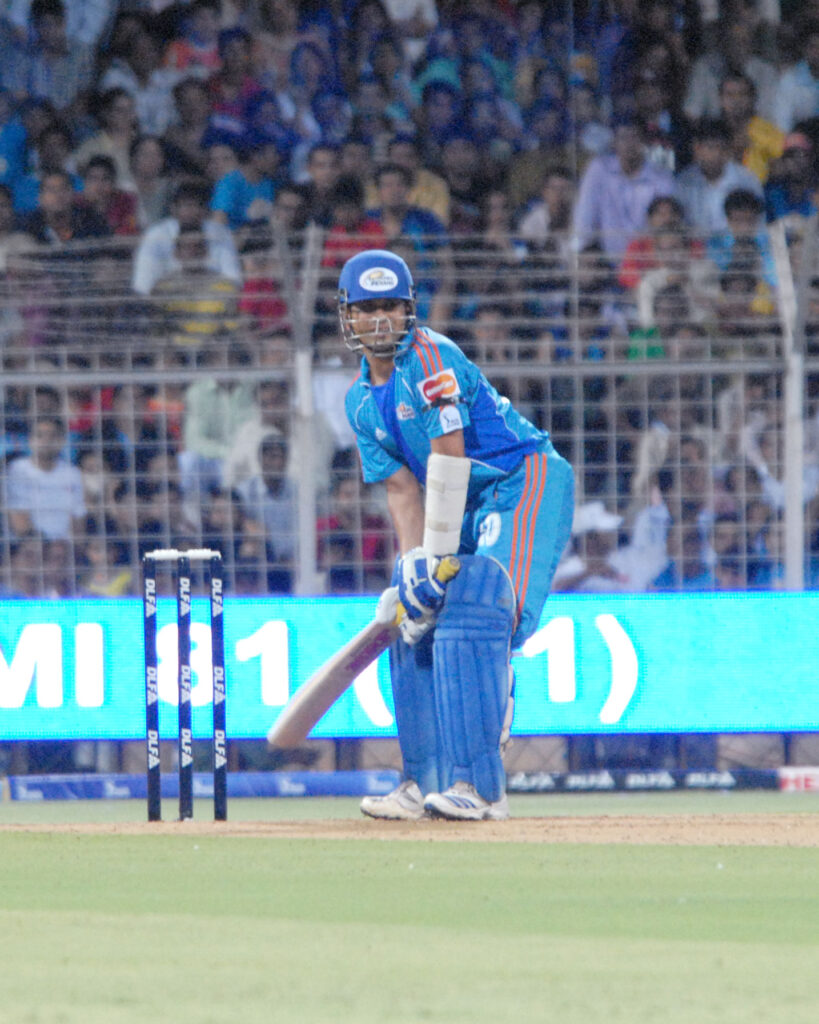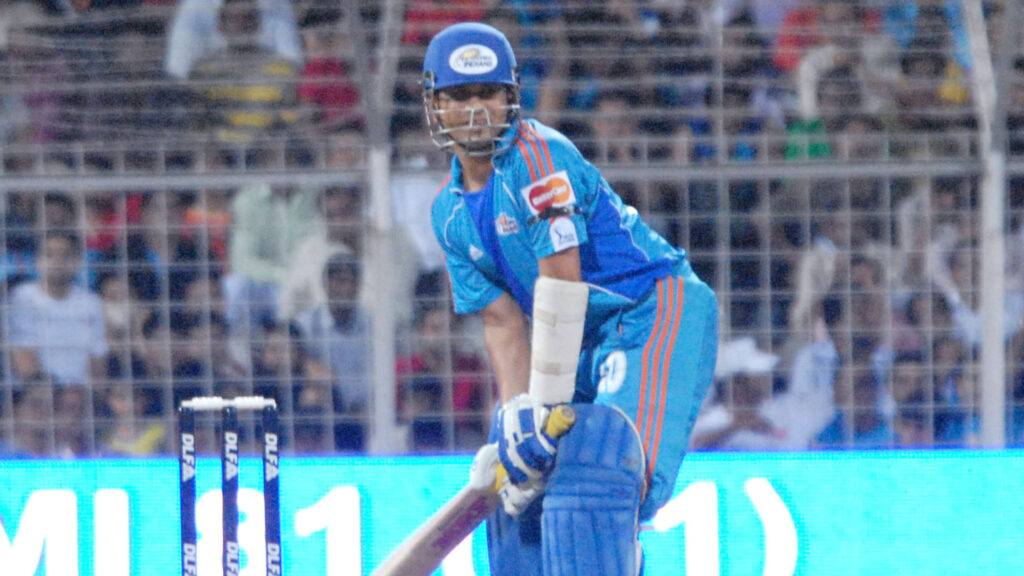
It was over Christmas in 2007 that the rules of the forthcoming IPL were worked out in Mumbai between the BCCI and the International Management Group (IMG) top brass. Should franchises be assigned icon players, or should they go under the hammer was a key question that people had to answer. How would it look if Sachin Tendulkar was bought by a franchise other than Mumbai? Or Sourav Ganguly was picked up by anyone except the Kolkata Knight Riders? Would such things end up dividing fan loyalty, and would such a move go down well with the fans?
Also Read: Brendon McCullum: “The first night of IPL changed my life”
Sachin was very Mumbai, and to force him out of his comfort zone wasn’t the best call. That was what prompted Lalit Modi to take the franchise owners into confidence and assign icon players to some of them. Their values also had to be pre-decided and they couldn’t be paid less than anyone in the auction. This is where the IPL was unique. While it was borrowing the best practices from western sporting leagues, it remained very Indian at its core with local sensitivities impacting key decision-making.
The Sachin case was unique, because he continued to be different from everyone else. Sachin was like God to many, and had to be dealt with differently. While everyone else was deemed human, this man was a living deity. To auction God was sacrilegious. The BCCI top brass knew it could have a very different dimension, and would not go down well with fans. That also added to the idea of having icon players in the inaugural IPL.
🚨 #CelebratingSachin EP03
“Mai khelega” — a 16-year-old Sachin, bloodied nose, blurred vision, but unshaken spirit in Pakistan.
At just 16, Sachin Tendulkar made a fearless choice that stunned everyone—on foreign soil, against the fiercest bowlers. What did he dare to do?… pic.twitter.com/cdZoOAUFmJ
— RevSportz Global (@RevSportzGlobal) April 18, 2025




